Fava beans are an all-purpose and delicious ingredient that I appreciate for their mood-boosting power. I largely enjoy them in soups, but others enjoy favas in creamy dips, flavorful side dishes, and making crispy fried beans, most commonly to add a unique flavor and rich texture.
However, not everyone has access to these beans, or may just want to experiment with something new. Whatever the case may be, I've compiled a list of the best fava bean substitutes, which include other types of beans, various vegetables, and a few grains that can help you achieve similar flavors & textures.
It's worth mentioning that although these fava alternatives can be effective in many recipes, they may not offer the precise taste and texture nor nutritional content of fava beans. But by using a little creativity and experimentation, you may uncover fresh and delightful methods to integrate these ingredients into your cooking.
If you love recipes with favas, try my fava and chickpea salad and my fresh fava bean hummus.
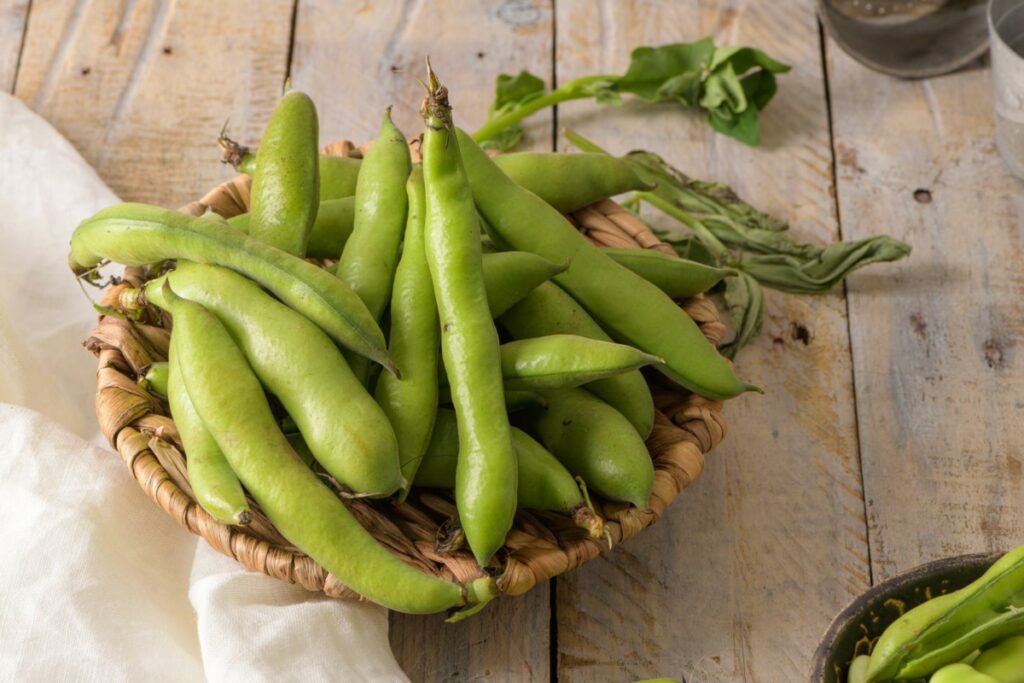
🌟 Best Substitutes for Fava Bean
Lima Beans
1 cup of fava beans = 1 cup of lima beans
Lima beans can be an excellent swap for fava beans due to their similar texture and nutritional value. These beans are high in protein, fiber, and iron and are an excellent addition to any plant-based diet.
Lima beans can also be mashed into a dip, added to soups and stews, or even roasted for a crunchy snack. An added bonus is that they're more widely available and affordable than fava beans, which can be harder to find in some areas.
Edamame
1 cup of fava beans = 1 cup of edamame
Edamame are soybeans that were harvested while still green and soft, and have a texture and taste that's comparable to fava beans. They're commonly served in their pods, and are packed with essential nutrients such as protein, fiber, and B vitamins, making it a healthy and delicious option.
On top of their nutritional benefits, edamame are also more widely available than fava beans. While the latter can be difficult to find in certain areas and are only available seasonally, edamame is available all year-round in most Asian markets.
Edamame are also much easier to prepare, as they don't require shelling or extensive cooking. Simply boil or steam the pods, sprinkle them with salt, and enjoy a nutritious and tasty snack, comparable to crispy favas.
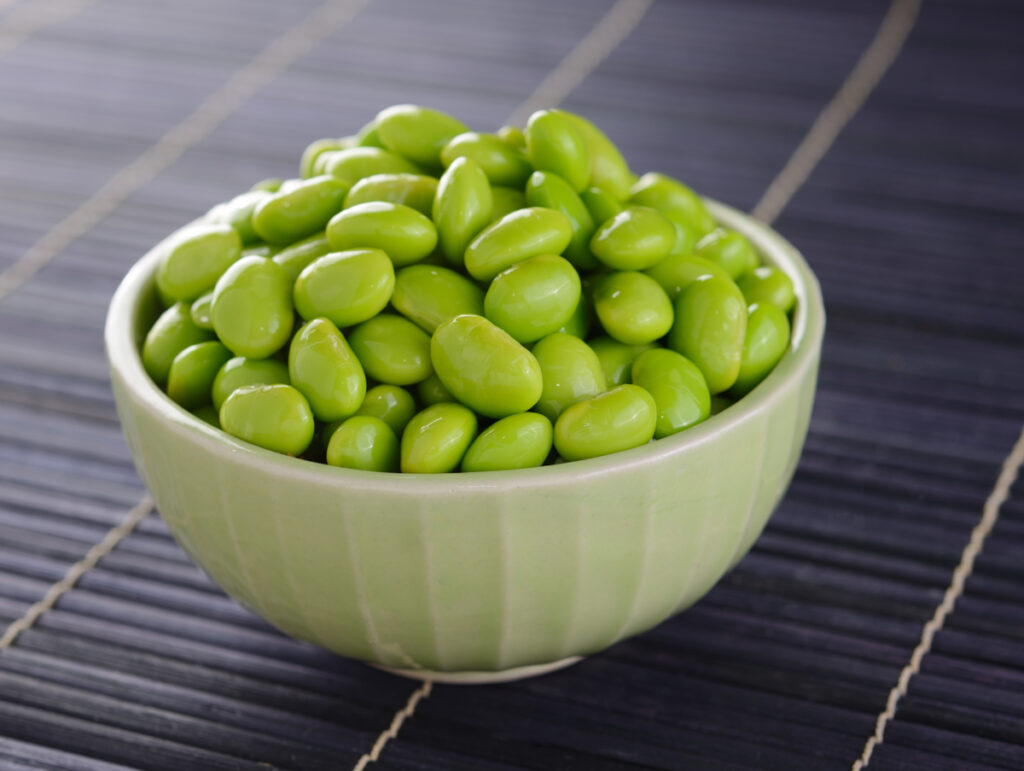
Cannellini Beans (White Kidney Beans)
1 cup of fava beans = 1 cup of cannellini beans
These white, kidney-shaped beans are a staple in Italian cuisine, a versatile ingredient that can be used in most any dishes that call for favas.
Cannellini beans are also a nutritious choice, as they're high in protein, fiber, and other essential nutrients, like calcium and potassium. They're widely available in most grocery stores, making them easy to find and incorporate into your meals as a substitute for fava beans.
Sugar Snap Peas
1 cup of fava beans = 1 cup of sugar snap peas
These sweet and crunchy peas are rich in fiber, protein, and minerals, making them a healthy addition to any dish. Like fava beans, sugar snap peas can be used in recipes from soups and stews to salads and stir-fries.
Sugar snap peas also have the advantage of being easy to prepare, since they can be eaten whole, without requiring any shelling or blanching beforehand. This makes them a convenient option for busy cooks who want to save time in the kitchen, as they don't need any soaking ahead of time.
These peas have a mild, slightly sweet taste that goes well with most other ingredients. They can also be used in both savory and sweet dishes, making them a versatile ingredient to have on hand.
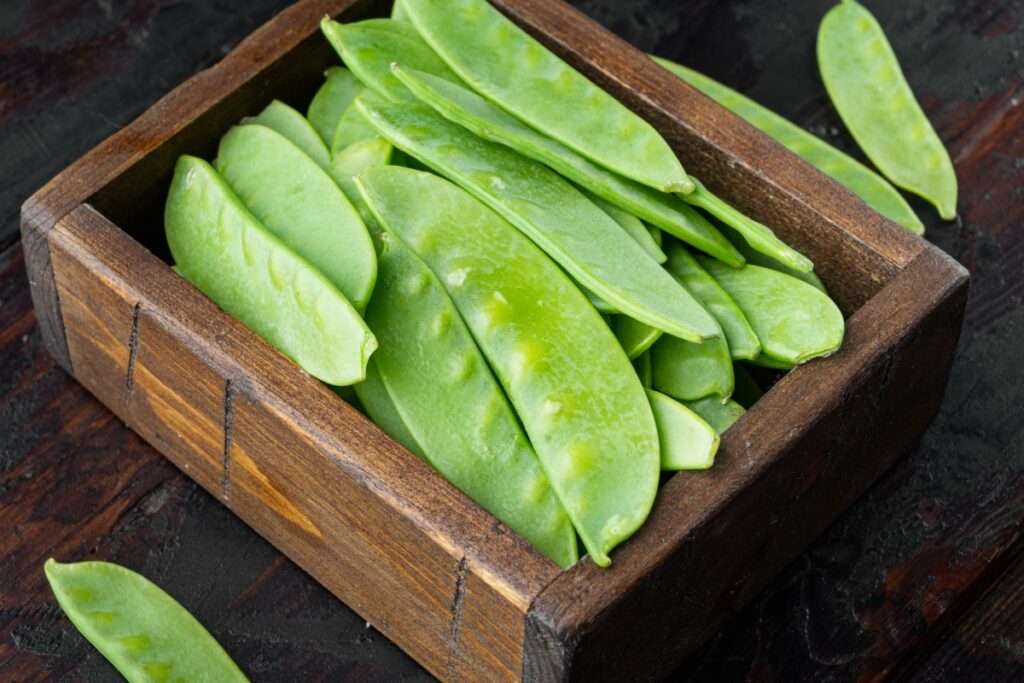
Snow Peas
1 cup of fava beans = 1 cup of snow peas
Similar to fava beans, snow peas are a good source of protein, fiber, and essential vitamins and minerals. They're also low in calories and fat, meaning they can be added to salads, stir-fries, soups, or even enjoyed as a snack on their own.
One advantage of using snow peas is their neutral taste. Fava beans have a distinct flavor that may not appeal to everyone, while snow peas have a more mild taste and crisp, crunchy texture that can be easily incorporated into a wide range of dishes.
Green Peas
1 cup of fava beans = 1 cup of green peas
Green peas are a great option to consider as a fava bean substitute because they have a similar texture and taste, and provide comparable nutritional value. The fact that green peas are consistently accessible throughout the year is one of their key selling points, however.
Green peas are also considerably simpler to cook because the time-consuming step of shelling them is not necessary. You can simply blanch or sauté the peas, and they’re ready to go, similar to snap peas.
Speaking of nutrition, they're a good source of iron, which is essential for healthy blood flow, and vitamin C, which supports a strong immune system. They also contain folate, and on top of this, green peas are a great vegetarian option for protein, as they contain all nine essential amino acids.
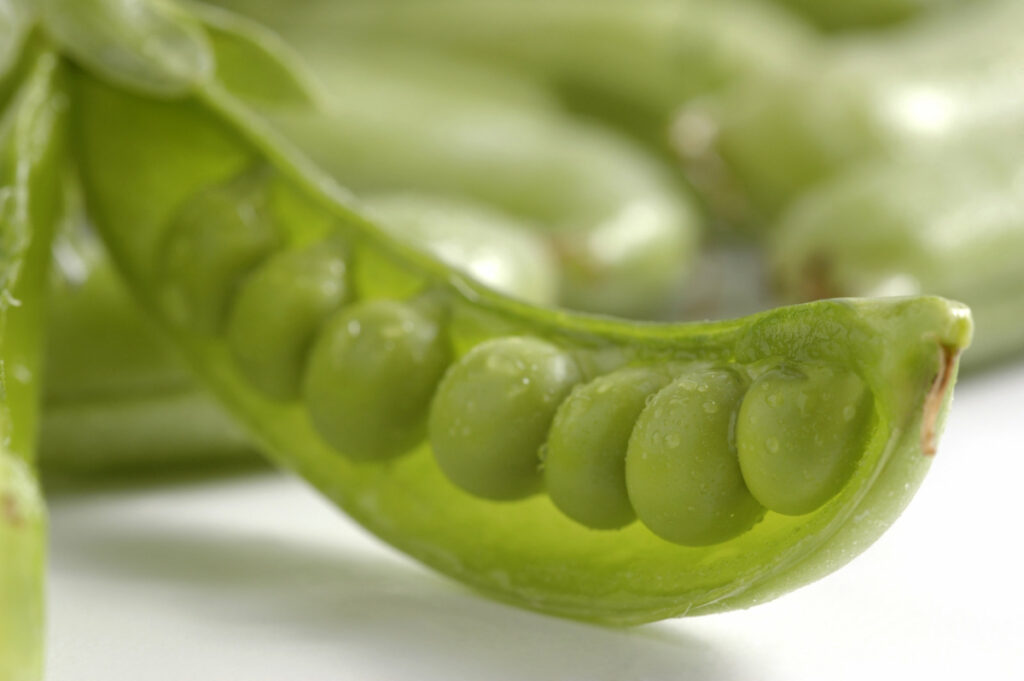
Black Beans
1 cup of fava beans = 1 cup of black beans
Although fava beans have a distinct flavor and texture, black beans can provide a quite similar taste and nutritional profile. They contain essential nutrients such as folate, magnesium, and potassium, and are a rich source of antioxidants that can help protect against chronic diseases.
When cooking, black beans can be mashed and used as a base for dips, added to soups and stews, or used as a protein source in vegetarian and vegan dishes. When combined with rice, black beans make up a dish with all 9 essential amino acids.
Black-Eyed Peas
1 cup of fava beans = 1 cup of black-eyed peas
These peas are a superb source of protein, fiber, and iron and also contain vitamins and minerals such as folate, potassium, and magnesium. In fact, black-eyed peas have slightly more protein and fiber than fava beans, making them an even healthier alternative as long as you're not looking for the amino acid balancing factor.
These peas can also be seasoned in different ways to suit your taste preferences, making them a great option for experimenting with flavors.

Chickpeas
1 cup of fava beans = 1 cup of chickpeas (with double the amount of water)
Chickpeas, also known as garbanzo beans, are a versatile legume that can be used as a substitute for fava beans in many, but not all recipes. They're high in protein, fiber, and other important nutrients, making them a healthy option for any meal.
These legumes can also be used whole or mashed in a variety of dishes, including salads, soups, stews, and curries, and also pureed and used as a base for dips, such as hummus.
Red Kidney Beans
1 cup of fava beans = 1 cup of red kidney beans
Red kidney beans offer a similar texture and comparable taste to fava beans, making them a versatile ingredient in multiple dishes. They're also a great source of plant-based protein, fiber, and essential vitamins and minerals.
Like fava beans, red kidney beans can be used in a variety of dishes, from salads and stews to dips and spreads, and when cooked, they have a slightly firm exterior and creamy interior. They can also quite effectively replace meat in many recipes, providing a hearty and satisfying alternative for vegans and vegetarians.

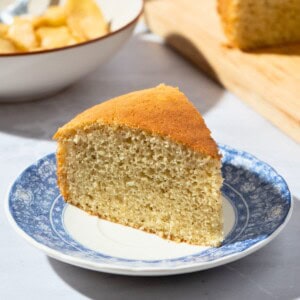











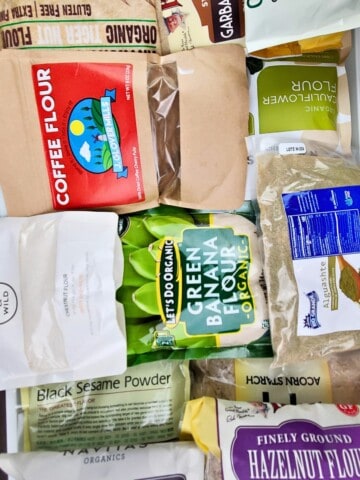
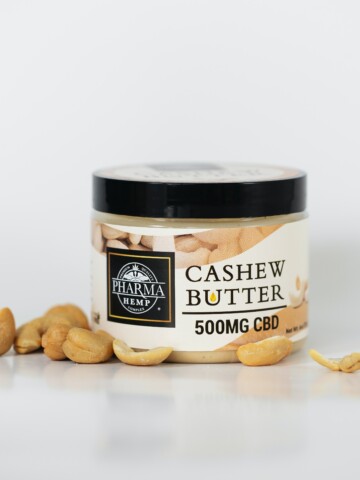
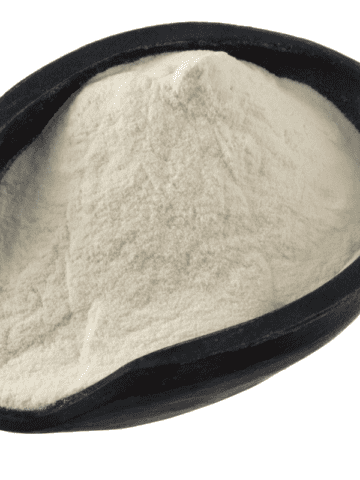
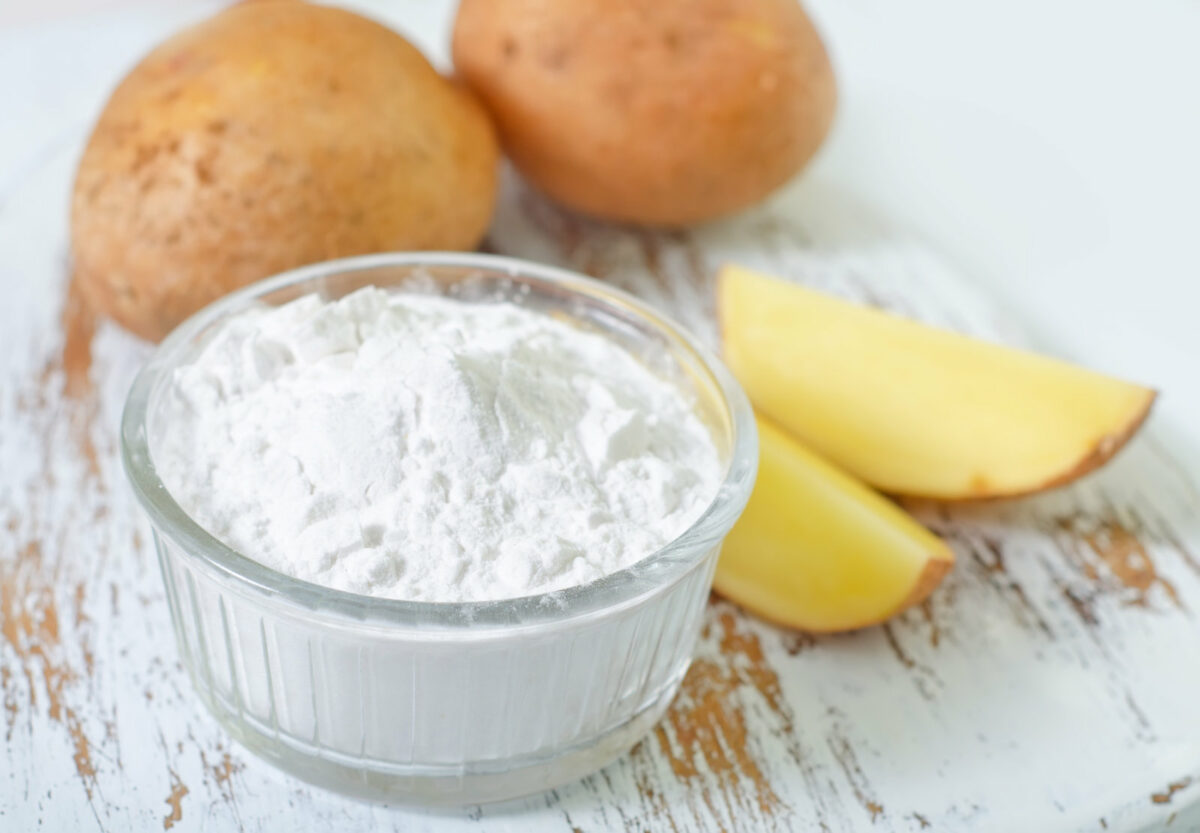
Comments
No Comments